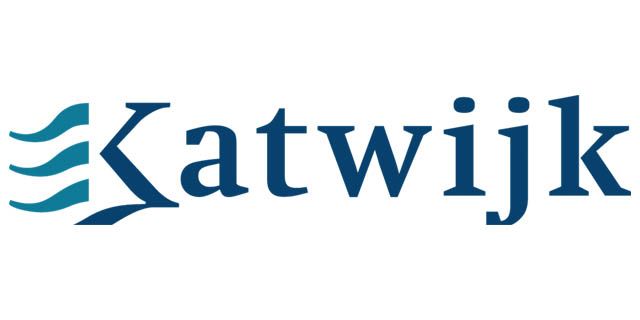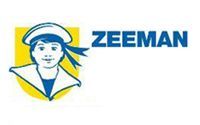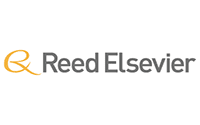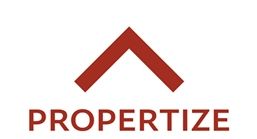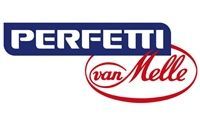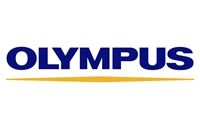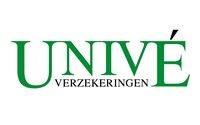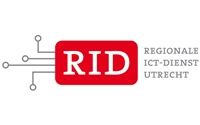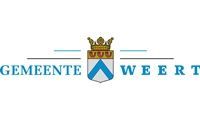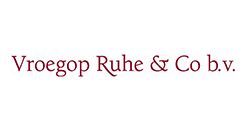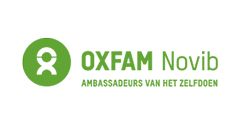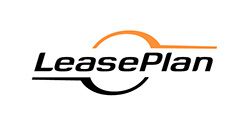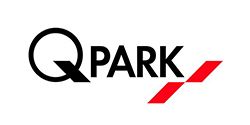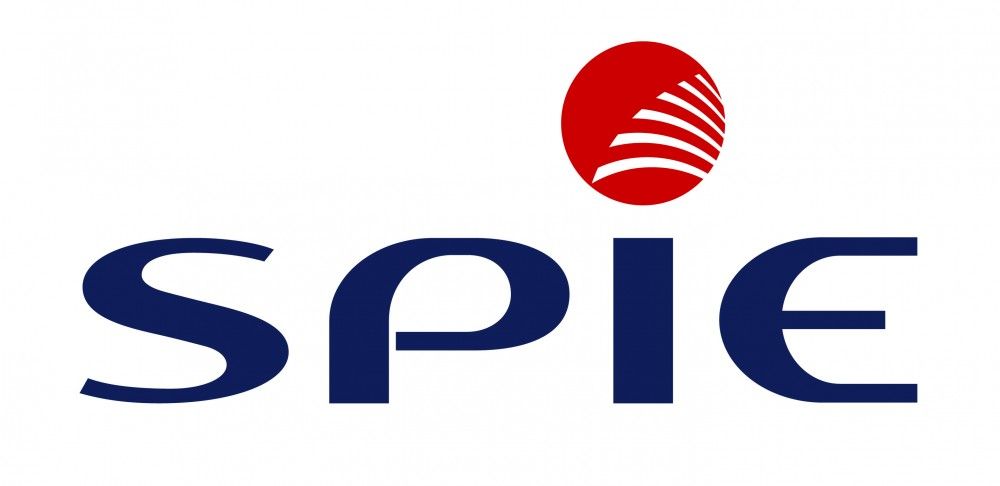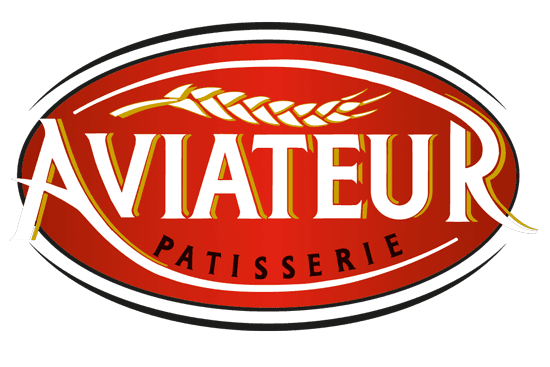Cursusbeschrijving
This training course teaches developers the programming skills that are required for developers to create Windows applications using the C# language. During their five days in the classroom students review the basics of C# program structure, language syntax, and implementation details, and then consolidate their knowledge throughout the week as they build an application that incorporates several features of the .NET Framework 4.5.
The course introduces many of the techniques and technologies employed by modern desktop and enterprise applications, including:
- Building new data types.
- Handling events.
- Programming the user interface.
- Accessing a database.
- Using remote data.
- Performing operations asynchronously.
- Integrating with unmanaged code.
- Creating custom attributes.
- Encrypting and decrypting data.
This course is designed for professional developers with at least one month of experience programming in an object-oriented environment.
{tab Voorkennis} Developersattending this courseshould already have gained some limited experience using C# to complete basic programming tasks. More specifically, students should have hands-on experience using C# that demonstrates their understanding of the following:- How to name, declare, initialize and assign values to variables within an application.
- How to use:
- arithmetic operators to perform arithmetic calculations involving one or more variables;
- relational operators to test the relationship between two variables or expressions;
- logical operators to combine expressions that contain relational operators.
- How to create the code syntax for simple programming statements using C# language keywords and recognize syntax errors using the Visual Studio IDE.
- How to create a simple branching structure using an IF statement.
- How to create a simple looping structure using a For statement to iterate through a data array.
- How to use the Visual Studio IDE to locate simple logic errors.
- How to create a Function that accepts arguments (parameters and returns a value of a specified type.
- How to design and build a simple user interface using standard controls from the Visual Studio toolbox.
- How to connect to a SQL Server database and the basics of how to retrieve and store data.
- How to sort data in a loop.
- How to recognize the classes and methods used in a program.
Deze cursus is de voorbereiding op het examen 70-483
{tab Overige informatie}This course will be delivered with digital courseware. In order to have the best learning experience you are asked to bring your own second screen to view the courseware. A second screen includes: tablets and laptops.
{/tabs} {slider Cursusinhoud|closed}Module 1: Review of C# Syntax
This module reviews the core syntax and features of the C# programming language. It also provides an introduction to the Visual Studio 2012 debugger.
- Overview of Writing Applications using C#
- Datatypes, Operators, and Expressions
- C# Programming Language Constructs
- Describe the architecture of .NET Framework applications and use the features that Visual Studio 2012 and C# provide to support .NET Framework development.
- Use the basic data types, operators, and expressions provided by C#.
- Use standard C# programming constructs.
Module 2: Creating Methods, Handling Exceptions, and Monitoring Applications
This module explains how to create and call methods, catch and handle exceptions. This module alsodescribes the monitoring requirements of large-scale applications.
- Creating and Invoking Methods
- Creating Overloaded Methods and Using Optional and Output Parameters
- Handling Exceptions
- Monitoring Applications
- Create and invoke methods, pass parameters to methods, and return values from methods.
- Create overloaded methods, and use optional parameters and output parameters.
- Catch and handle exceptions and write information to the event log.
- Explain the requirement for implementing logging, tracing, and profiling when building large-scale applications.
Module 3: Developing the Code for a Graphical Application
This module describes how to implement the basic structure and essential elements of a typical desktop application, including using structures and enumerations, collections, and events.
- Implementing Structs and Enums
- Organizing Data into Collections
- Handling Events
- Define and use structures and enumerations.
- Create and use simple collections for storing data in-memory.
- Create, subscribe to, and raise events.
Module 4: Creating Classes and Implementing Type-safe Collections
This module explains how to create classes, define and implement interfaces, and create and use generic collections. This module also describes the differences between value types and reference types in C#.
- Creating Classes
- Defining and Implementing Interfaces
- Implementing Type-safe Collections
- Create and use custom classes.
- Define and implement custom interfaces.
- Use generics to implement type-safe collections.
Module 5: Creating a Class Hierarchy by Using Inheritance
This module explains how to use inheritance to create a class hierarchy andextend a .NET Framework class. This module also describes how tocreate generic classes and define extension methods.
- Creating Class Hierarchies
- Extending .NET Framework Classes
- Creating Generic Types
- Define abstract classes and inherit from base classes to create a class hierarchy.
- Inherit from .NET Framework classes and use extension methods to add custom functionality to the inherited class.
- Create generic classes and methods.
Module 6: Reading and Writing Local Data
This module explains how to read and write data by using file input/output (I/O) and streams, and how to serialize and deserialize data in different formats.
- Reading and Writing Files
- Serializing and Deserializing Data
- Performing I/O Using Streams
- Read and write data to and from the file system by using file I/O.
- Convert data into a format that can be written to or read from a file or other data source.
- Use streams to send and receive data to or from a file or other data source.
Module 7: Accessing a Database
This module explains how to create and use an entity data model for accessing a database, and how to use LINQ to query and update data.
- Creating and Using Entity Data Models
- Querying Data by Using LINQ
- Updating Data by Using LINQ
- Create an entity data model, describe the key classes contained in the model, and customize the generated code.
- Use LINQ to query and work with data.
- Use LINQ to insert, update, and delete data.
Module 8: Accessing Remote Data
This module explains how to use the types in theSystem.Net namespace, and WCF Data Services, to query and modify remote data.
- Accessing Data Across the Web
- Accessing Data in the Cloud
- Use the classes in the System.Net namespace to send and receive data across the Web.
- Create and use a WCF Data Service to access data in the cloud.
Module 9: Designing the User Interface for a Graphical Application
This module explains how to build and stylea graphical user interface by using XAML. This module also describes how to display data in a user interface by using data binding.
- Using XAML to Design a User Interface
- Binding Controls to Data
- Styling a User Interface
- Define XAML views and controls to design a simple graphical user interface.
- Use XAML data binding techniques to bind XAML elements to a data source and display data.
- Add styling and dynamic transformations to a XAML user interface.
Module 10: Improving Application Performance and Responsiveness
This module explains how to improve the throughput and response time of applications by using tasks and asynchronous operations.
- Implementing Multitasking by using Tasks and Lambda Expressions
- Performing Operations Asynchronously
- Synchronizing Concurrent Access to Data
- Create tasks and lambda expressions to implement multitasking.
- Define and use asynchronous methods to improve application responsiveness.
- Coordinate concurrent access to data shared across multiple tasks by using synchronous primitives and concurrent collections.
Module 11: Integrating with Unmanaged Code
This module explains how to integrate unmanaged libraries and dynamic components into a C# application. This module also describes how to control the lifetime of unmanaged resources.
- Creating and Using Dynamic Objects
- Managing the Lifetime of Objects and Controlling Unmanaged Resources
- Integrate unmanaged code into a C# application by using the Dynamic Language Runtime.
- Control the lifetime of unmanaged resources and ensure that they are disposed properly.
Module 12: Creating Reusable Types and Assemblies
This module explains how toexamine the metadata of types by using reflection, create and use custom attributes, generate managed code at runtime, and manage different versions of assemblies.
- Examining Object Metadata
- Creating and Using Custom Attributes
- Generating Managed Code
- Versioning, Signing and Deploying Assemblies
- Examine the metadata of objects at runtime by using reflection.
- Create and usecustom attribute class.
- Generate managed code at runtime by using CodeDOM.
- Manage different versions of an assembly and deploy an assembly to the Global Assembly Cache.
Module 13: Encrypting and Decrypting Data
This module explains how to encrypt and decrypt data by using symmetric and asymmetric encryption.
- Implementing Symmetric Encryption
- Implementing Asymmetric Encryption
- Perform symmetric encryption by using the classes in the System.Security namespace.
- Perform asymmetric encryption by using the classes in the System.Security namespace
- Describe the core syntax and features of C#.
- Create and call methods, catch and handle exceptions, and describe the monitoring requirements of large-scale applications.
- Implement the basic structure and essential elements of a typical desktop application.
- Create classes, define and implement interfaces, and create and use generic collections.
- Use inheritance to create a class hierarchy, extend a .NET Framework class, and create generic classes and methods.
- Read and write data by using file input/output and streams, and serialize and deserialize data in different formats.
- Create and use an entity data model for accessing a database and use LINQ to query and update data.
- Use the types in the System.Net namespace and WCF Data Services to access and query remote data.
- Build a graphical user interface by using XAML.
- Improve the throughput and response time of applications by using tasks and asynchronous operations.
- Integrate unmanaged libraries and dynamic components into a C# application.
- Examine the metadata of types by using reflection, create and use custom attributes, generate code at runtime, and manage assembly versions.
- Encrypt and decrypt data by using symmetric and asymmetric encryption.
Excel Training Volgen?
Benieuwd naar de mogelijkheden van een Excel training? Vraag vrijblijvend meer informatie aan en we sturen je binnen 24 uur meer informatie op!
